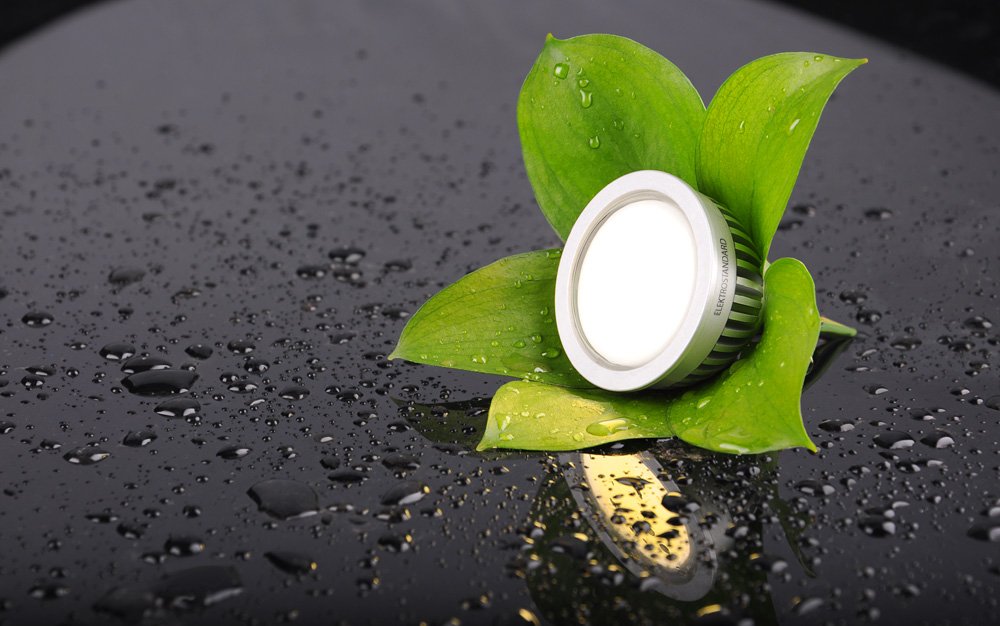When it comes to LED lights, having the right battery is essential for ensuring long-lasting performance and efficiency. Whether you’re using LED lights for home lighting, outdoor projects, or portable devices, choosing the best batteries for LED lights can make a significant difference. In this guide, we will explore everything you need to know about batteries for LED lights, from types and capacities to factors affecting performance.
Why Batteries for LED Lights Matter
LED lights are known for their energy efficiency and durability. However, their performance heavily depends on the power source. The wrong battery can reduce brightness, limit runtime, and shorten the lifespan of the LED light. By selecting the right battery, you ensure optimal functionality and long-term use.
Types of Batteries for LED Lights
1. Alkaline Batteries
Alkaline batteries are the most commonly used batteries for LED lights. They are widely available and affordable. These batteries are ideal for low-drain LED devices, such as flashlights and decorative lights. However, they tend to have a shorter lifespan compared to rechargeable options.
2. Lithium Batteries
Lithium batteries offer a higher energy density, making them perfect for high-drain LED lights. They are lightweight, long-lasting, and perform well in extreme temperatures. Lithium batteries for LED lights are often used in headlamps, tactical lights, and emergency lighting systems.
3. Nickel-Metal Hydride (NiMH) Batteries
NiMH batteries are rechargeable and provide a good balance between cost and performance. They are commonly used in solar LED lights, garden lights, and portable lanterns. These batteries can be recharged multiple times, reducing waste and long-term costs.
4. Lead-Acid Batteries
Lead-acid batteries are typically used for large LED lighting systems, such as outdoor floodlights and solar-powered setups. They have a high capacity and can power LED lights for extended periods. However, they are bulky and require regular maintenance.
5. Lithium-Ion (Li-Ion) Batteries
Li-Ion batteries are the gold standard for rechargeable LED lights. They offer high energy density, low self-discharge rates, and long lifespans. Batteries for LED lights that use Li-Ion technology are common in portable work lights, bike lights, and high-powered torches.
Factors to Consider When Choosing Batteries for LED Lights
1. Capacity (mAh)
Battery capacity, measured in milliampere-hours (mAh), determines how long your LED light will run. Higher capacity means longer runtime. For high-drain LED lights, choose batteries with at least 2000mAh.
2. Voltage
Ensure that the battery voltage matches the requirements of the LED light. Most LED lights operate at 3V, but some high-powered models may need 6V or more. Incorrect voltage can damage the LED light.
3. Rechargeability
For frequently used LED lights, rechargeable batteries are more cost-effective and environmentally friendly. Consider Li-Ion or NiMH batteries for devices that are used daily.
4. Temperature Performance
If you use LED lights in extreme temperatures, lithium batteries are the best choice. They perform well in both hot and cold environments, ensuring consistent light output.
5. Size and Compatibility
Check the battery size (AA, AAA, 18650, etc.) to ensure it fits your LED light. Some lights require specific battery sizes that may not be interchangeable.
Best Batteries for LED Lights by Application
1. Flashlights
- Recommended Battery: Lithium or Li-Ion (18650)
- Why: Long runtime, lightweight, and high energy output.
2. Outdoor Solar Lights
- Recommended Battery: NiMH or Lead-Acid
- Why: Rechargeable and designed for solar recharging.
3. Emergency Lighting
- Recommended Battery: Lithium or Lead-Acid
- Why: Reliable in emergencies and long-lasting.
4. Decorative LED Lights
- Recommended Battery: Alkaline or NiMH
- Why: Affordable and suitable for low-drain applications.
5. Work Lights
- Recommended Battery: Li-Ion (26650 or 21700)
- Why: High capacity and long-lasting.
How to Extend Battery Life for LED Lights
- Use the Correct Battery Type: Always match the battery type to the LED light’s requirements.
- Turn Off When Not in Use: Reducing unnecessary usage extends battery life.
- Store Properly: Store batteries in a cool, dry place to prevent self-discharge.
- Recharge Properly: Avoid overcharging rechargeable batteries. Use a smart charger to prevent damage.
- Avoid Mixing Batteries: Do not mix old and new batteries. This can cause leakage and reduce efficiency.
Common Mistakes to Avoid
- Using Low-Capacity Batteries: This limits runtime and brightness.
- Incorrect Voltage: This can damage the LED light.
- Poor Storage: Leaving batteries in humid or hot environments reduces lifespan.
- Overcharging or Undercharging: Shortens the life of rechargeable batteries.
Conclusion
Choosing the right batteries for LED lights is crucial for maximizing performance and ensuring longevity. Whether for everyday use, emergencies, or outdoor adventures, the right battery can make a significant difference. Always consider capacity, voltage, and application when selecting batteries.











